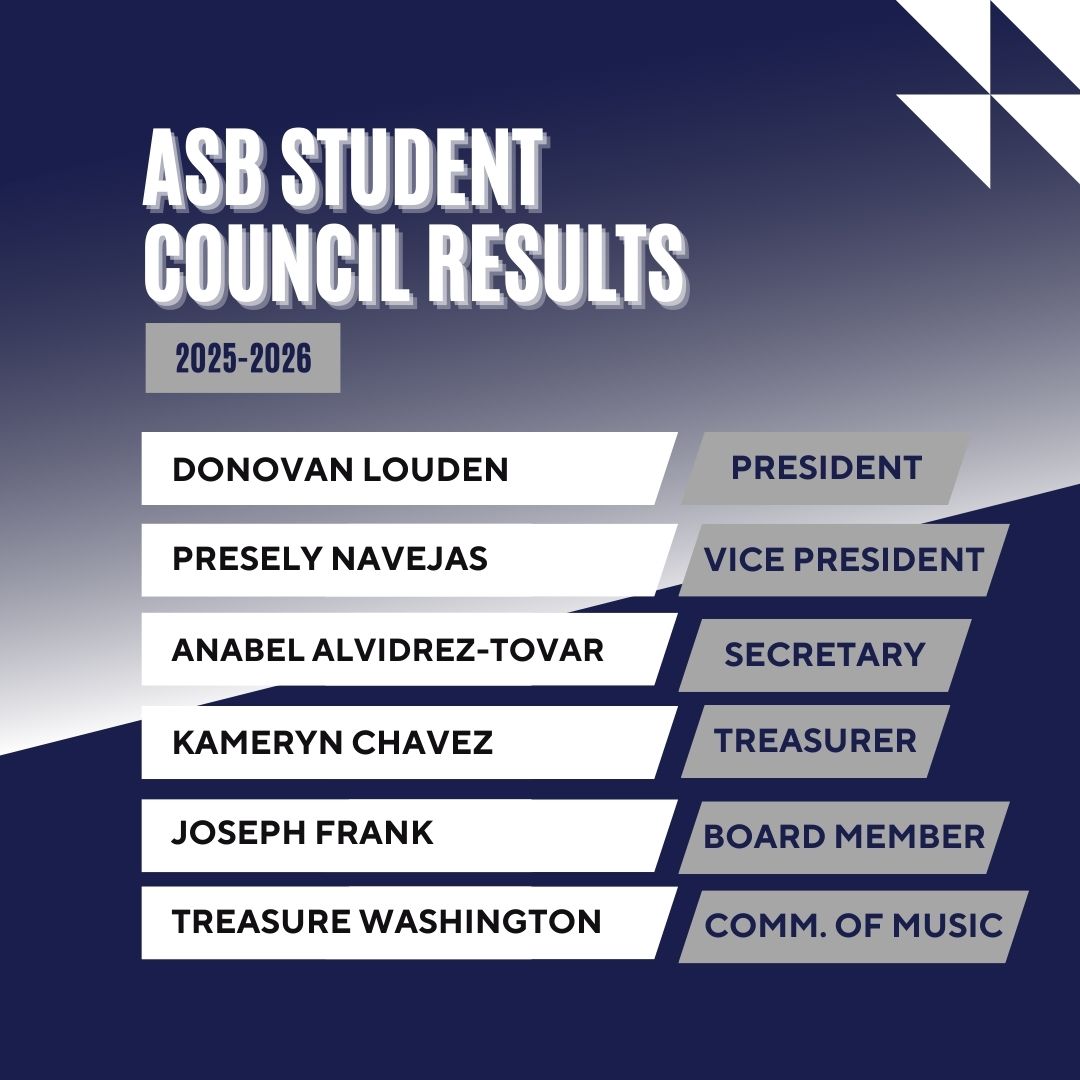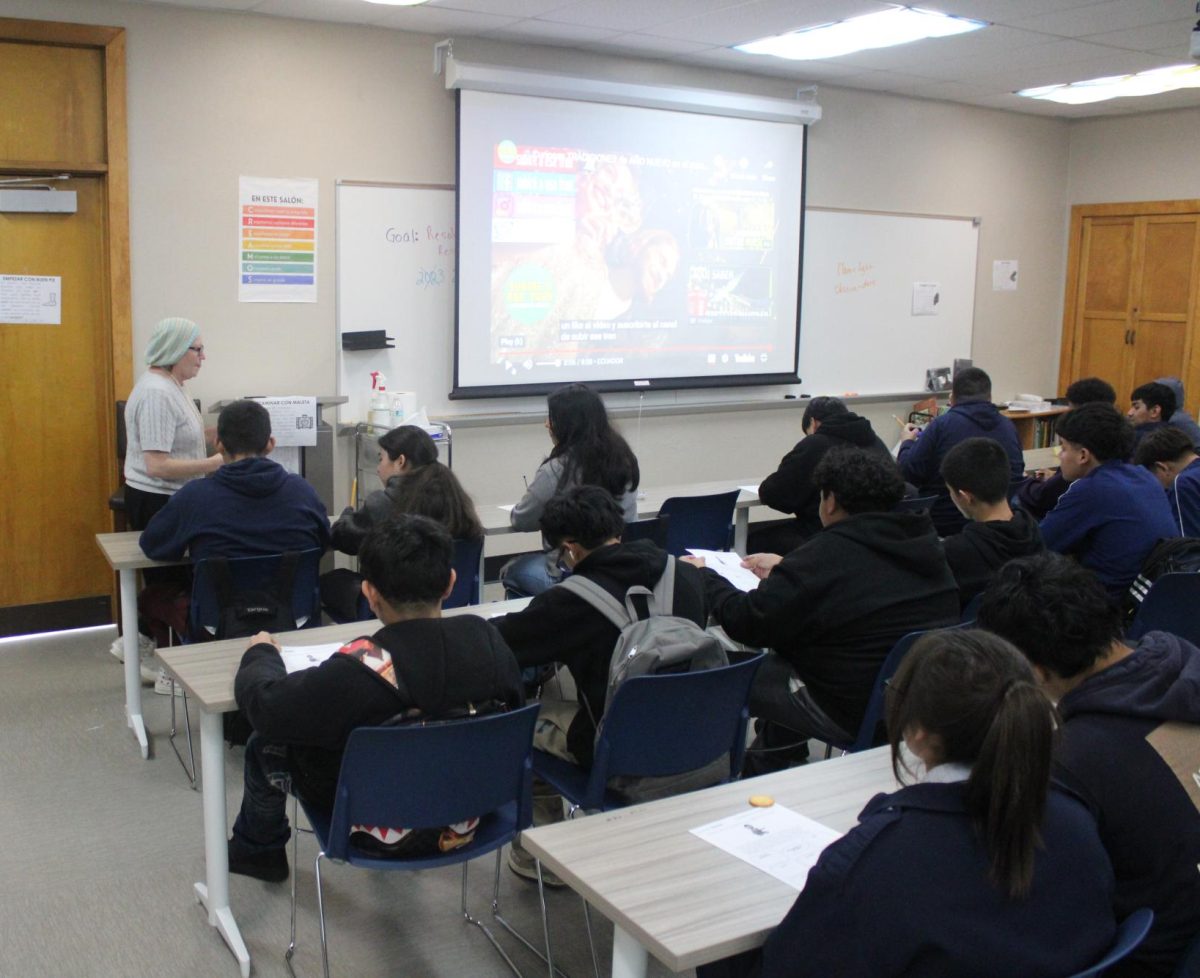Since the commencement of President Donald Trump’s second term in January 2025, significant changes have been implemented within the U.S. Department of Education, reflecting his administration’s commitment to decentralizing educational authority.
Dismantling the Department of Education
On March 20, President Trump signed an executive order directing the Secretary of Education, Linda McMahon, to initiate the dismantling of the Department of Education. The order mandates the closure of key departmental functions and the redistribution of educational responsibilities to state and local governments.
This move aligns with Trump’s long-standing controversial position that education policy should be managed at the state level, reducing federal control over educational matters.
Promotion of school choice
In January 2025, President Trump issued an executive order aimed at expanding educational opportunities for American families. The order encourages states to utilize federal funding to support K-12 scholarship programs and prioritizes school choice initiatives within the Department’s optional grant programs.
Additionally, it directs the Department of Health and Human Services to guide how states can use block grants to support educational alternatives, including private and faith-based options.
Impact on higher education institutions
The Trump administration has extended its influence to higher education institutions by freezing federal funding for universities that do not comply with its educational directives. Harvard University, among others, has faced significant funding cuts due to its refusal to align with the administration’s policies on diversity, equity, and inclusion programs.
These actions have sparked legal challenges and debates over the balance between federal oversight and institutional freedom. One example includes Harvard University’s decision to take legal action against the Trump administration following the freezing of over $2.2 billion in federal research grants.
The administration’s demands included overhauling admissions policies, inspecting campus diversity views, ceasing recognition of certain student clubs, and disciplining protesters.
Harvard University President, Alan Garber, publicly stated the university would not yield to the administration’s demands, claiming violations of First Amendment rights and the Civil Rights act.
The conflict centers on the administration’s allegations that universities, including Harvard, allowed antisemitism during protests against Israel’s war in Gaza. Harvard’s refusal to comply with the administration’s demands led to the funding freeze. The university argues that the government’s actions are an unlawful overreach and threaten academic freedom.
Conclusion
The changes enacted by President Trump’s administration signify a substantial shift in the federal government’s role in education. By dismantling the Department of Education and promoting school choice, the administration aims to transfer educational authority to state and local bodies.
While supporters argue that these measures will enhance educational quality, critics express concerns about potential imbalances and the erosion of federal protections for students. The ongoing developments will likely continue to shape the discourse on education policy in the United States.
It is unclear at this time exactly what the lasting impact of the dissolution of the Department of Education will be; education officials at state and local levels will continue to monitor the situation as the changes continue.
This is a developing story.








